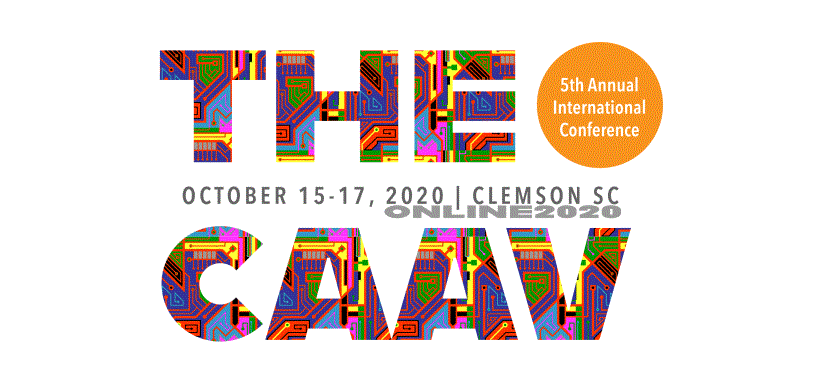Event Title
Considering the affordances of virtual environments to enhance learning outcomes in high school chemistry
Location
Clemson, SC
Start Date
17-10-2020 11:20 AM
End Date
17-10-2020 11:45 AM
Presentation Type
Presentation
Description
With the increasing popularity of Virtual Reality (VR) headsets and the construction of large immersive displays in educational institutions, the affordances of these technologies have become an important consideration for learning. Chemistry is described to be a particularly challenging subject for students by both educators and researchers because of the abstract nature of chemical concepts. Findings in the literature have indicated that 3d applications could be used to help reduce any performance gaps between students with different levels of visual spatial ability. Currently there is lack of VR teaching resources available which focus on combining spatial representations with conceptual knowledge.
In partnership with Mountain Creek State High School as part of the Keeping It Local Program USC has developed a virtual artefact for teaching chemistry to high school students. Built using Unity 3d and Initially made for the CAVE2 the aptly named "ChemCave VR" has been redeveloped for VR headsets using the Oculus platform. We initiated the project to create an engaging and immersive experience for students by allowing them to visualise and interact with complex concepts.
The artefact covers a range of topics, namely, Atomic orbitals, Stereoisomerism, Valence shell electron pair repulsion, Hybridisation, Oxidation of alcohols and Organic reactions. This knowledge can be difficult to comprehend through passive learning, for example, textbook diagrams, 2d whiteboard explanations or verbally. To support the content, a fully interactive periodic table of elements is included in the environment. Representing concepts in in multiple ways such as text, symbolic diagrams, 3d model variations and animations aims to reinforce current understanding and expand it. ChemCave VR is currently being used as a teacher guided resource in the classroom with plans to develop more content and explore other potential teaching delivery methods. This presentation will compare the learning experiences offered by the Cave2 and VR environments to reveal insight into development considerations.
Considering the affordances of virtual environments to enhance learning outcomes in high school chemistry
Clemson, SC
With the increasing popularity of Virtual Reality (VR) headsets and the construction of large immersive displays in educational institutions, the affordances of these technologies have become an important consideration for learning. Chemistry is described to be a particularly challenging subject for students by both educators and researchers because of the abstract nature of chemical concepts. Findings in the literature have indicated that 3d applications could be used to help reduce any performance gaps between students with different levels of visual spatial ability. Currently there is lack of VR teaching resources available which focus on combining spatial representations with conceptual knowledge.
In partnership with Mountain Creek State High School as part of the Keeping It Local Program USC has developed a virtual artefact for teaching chemistry to high school students. Built using Unity 3d and Initially made for the CAVE2 the aptly named "ChemCave VR" has been redeveloped for VR headsets using the Oculus platform. We initiated the project to create an engaging and immersive experience for students by allowing them to visualise and interact with complex concepts.
The artefact covers a range of topics, namely, Atomic orbitals, Stereoisomerism, Valence shell electron pair repulsion, Hybridisation, Oxidation of alcohols and Organic reactions. This knowledge can be difficult to comprehend through passive learning, for example, textbook diagrams, 2d whiteboard explanations or verbally. To support the content, a fully interactive periodic table of elements is included in the environment. Representing concepts in in multiple ways such as text, symbolic diagrams, 3d model variations and animations aims to reinforce current understanding and expand it. ChemCave VR is currently being used as a teacher guided resource in the classroom with plans to develop more content and explore other potential teaching delivery methods. This presentation will compare the learning experiences offered by the Cave2 and VR environments to reveal insight into development considerations.


